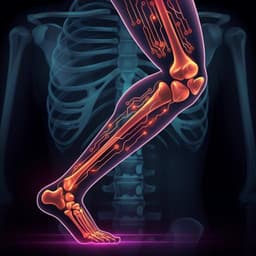
Agriculture
Site suitability analysis for potential agricultural land with spatial fuzzy multi-criteria decision analysis in regional scale under semi-arid terrestrial ecosystem
B. Özkan, O. Dengiz, et al.
This research conducted by Barış Özkan, Orhan Dengiz, and İnci Demirağ Turan explores agricultural potential in Central Anatolia's semi-arid ecosystem, covering approximately 195,012.7 km². Using advanced GIS techniques and fuzzy MCDA, they identify areas suitable for sustainable farming, highlighting the importance of soil characteristics in arid regions.
~3 min • Beginner • English
Related Publications
Explore these studies to deepen your understanding of the subject.







